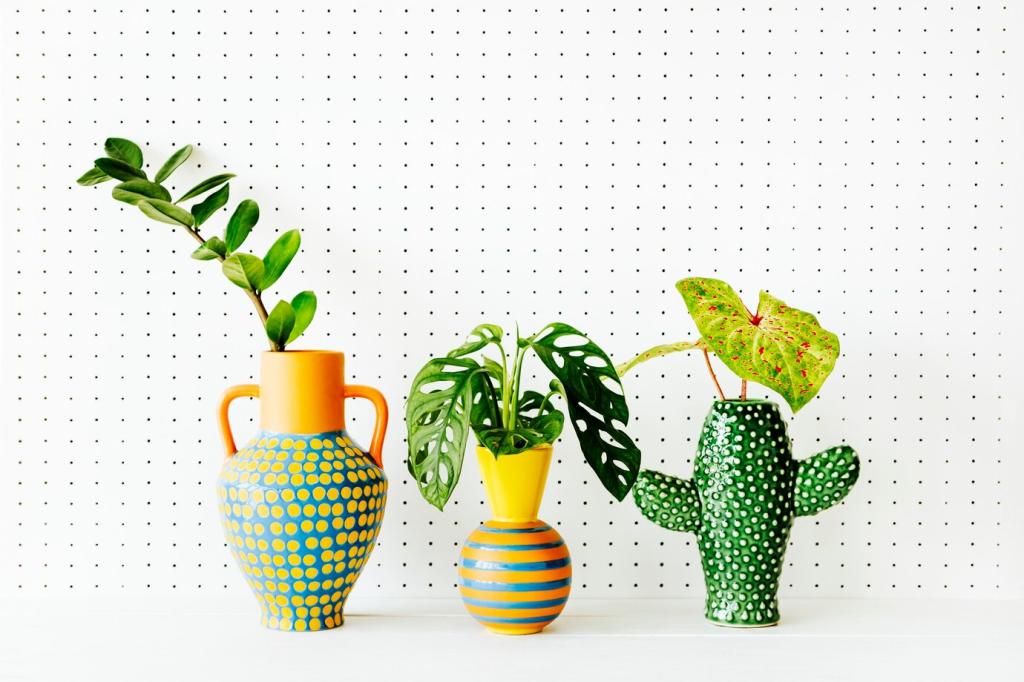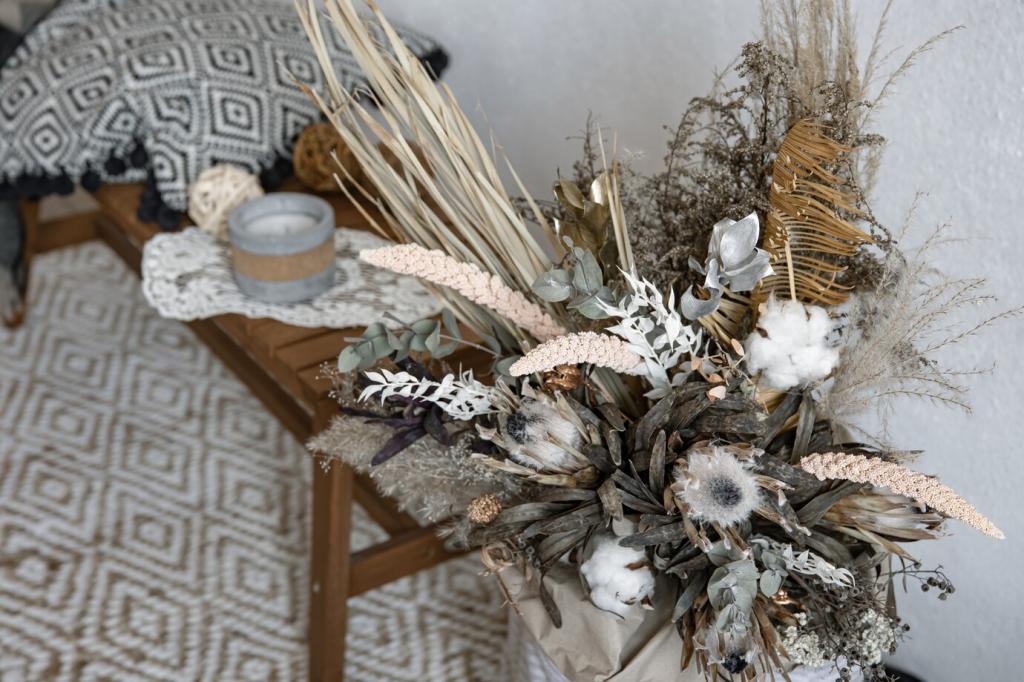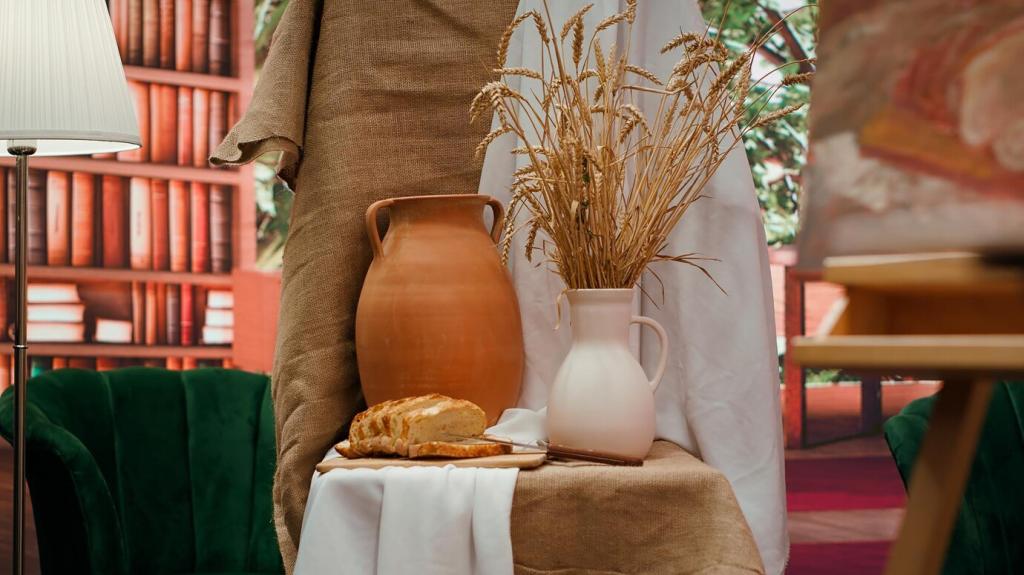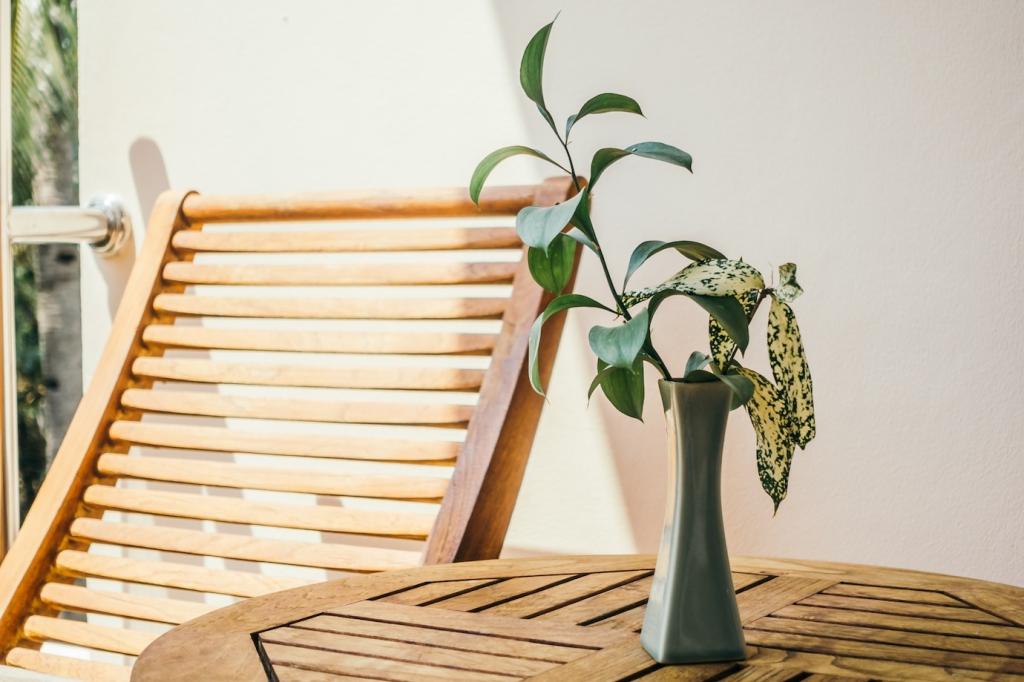
Eco-Friendly Furniture Trends for Modern Living
Embracing eco-friendly furniture in modern living spaces has become more crucial than ever, as sustainability and contemporary design now go hand in hand. As homeowners increasingly prioritize the environment, designers and manufacturers are reimagining furniture with eco-conscious materials and practices. This evolution not only promotes a greener planet but also infuses homes with a sense of mindfulness and modern style. Below, we explore the leading trends driving eco-friendly furniture choices for today’s discerning consumers.
Sustainable Materials Shaping Modern Design
01
Reclaimed Wood
Reclaimed wood is pivotal in the eco-conscious movement, offering material that is salvaged from old buildings, barns, and factories. Its use not only prevents deforestation but also brings a unique character to furniture pieces, as every imperfection tells a story. Artisans value reclaimed wood for its durability and vintage charm, which seamlessly complements both rustic and modern spaces. By choosing pieces fashioned from reclaimed wood, homeowners celebrate both history and sustainability, ensuring their furniture directly supports the circular economy and reduces demand for virgin lumber.
02
Bamboo Flourishing in Modern Homes
Bamboo has quickly become a favorite among eco-friendly materials due to its rapid renewability and exceptional strength-to-weight ratio. Unlike hardwoods that can take decades to mature, bamboo can be harvested within three to five years, making it an incredibly sustainable option. Designers love bamboo’s versatility—it can be crafted into sleek, minimalist forms or more intricate, detailed structures. Its natural light hue and subtle grain fit perfectly within a modern decor scheme while signaling eco-consciousness. Moreover, bamboo furniture is often finished with non-toxic treatments, underlining its green credentials.
03
Upcycled and Repurposed Elements
The practice of upcycling—transforming waste or old materials into new furniture—has dramatically risen within the eco-friendly movement. Designers source metal, fabric, glass, and wood remnants, giving discarded materials a second life as distinctive, one-of-a-kind furniture pieces. This reduces landfill contributions while sparking creativity and conversation. Homeowners attracted to upcycled furniture value the originality and story behind each piece, knowing their decor choices actively divert waste and lessen the demand for virgin resources.
Non-Toxic Finishes and Health-Conscious Choices
Water-Based and Low-VOC Finishes
Water-based finishes and low-VOC (volatile organic compounds) varnishes are emerging as the gold standard for eco-friendly furniture. Traditional finishes can release harmful chemicals into the air, affecting indoor air quality. In contrast, low-VOC alternatives greatly reduce these emissions without sacrificing durability or appearance. The result is furniture that maintains its beauty while contributing to a safer, cleaner home environment. Manufacturers are adopting these finishes as consumer awareness grows, making it easier for buyers to select health-conscious options that also protect the earth.
Hypoallergenic and Natural Textiles
The demand for natural textiles such as organic cotton, linen, hemp, and wool is climbing, particularly for upholstered furniture. These materials are grown without synthetic pesticides or harsh chemicals, which translates to a purer, healthier product for homes. Natural fibers are often hypoallergenic, making them ideal for allergy sufferers or families with small children. Beyond comfort, they offer breathability and a minimal environmental impact during production, aligning with the principles of modern sustainable living while exuding understated luxury.
Chemical-Free Adhesives and Sustainable Construction
Eco-friendly furniture makers are now meticulously scrutinizing every detail, including adhesives and fasteners. By using chemical-free or plant-based glues, they eliminate yet another source of potentially harmful off-gassing. The overall construction of these pieces is engineered for longevity, prioritizing quality craftsmanship over disposable trends. Such thoughtful assembly ensures the furniture lasts for generations, providing sustainability benefits long after purchase and encouraging a buy-less, buy-better philosophy.

Space-Saving Solutions for Urban Living
Growing urbanization means homes are shrinking, and multifunctional eco-friendly furniture answers this challenge beautifully. Think convertible sofas that become beds, nesting tables, and expandable dining sets—all crafted from sustainable materials. Such pieces allow for flexible layouts and empower homeowners to do more with less. By serving multiple roles, these furnishings reduce the need to purchase additional items, lessening environmental impact and embodying a ‘less is more’ approach in modern living spaces.

Timeless, Understated Aesthetics
Minimalist furniture crafted through eco-friendly processes isn’t just about simple lines—it’s about timelessness. Rather than succumbing to fleeting trends, these pieces emphasize restraint and enduring visual appeal. This means a sofa or table that remains stylish for decades, reducing the temptation to frequently replace items and thus cutting down on waste. In addition, minimalist design often relies on the inherent beauty of the material itself, allowing the quality of sustainable resources like wood or bamboo to become the focal point.

Flexibility and Adaptability in Design
Adaptable furniture is vital for the dynamic needs of contemporary households. Modular shelving, adjustable desks, and reconfigurable seating offer the freedom to change spaces as necessary—from home offices to entertaining areas to relaxation zones. When these versatile designs use responsibly sourced materials and eco-friendly construction methods, they become essential tools for sustainable, modern living. Consumers gain long-lasting functionality, all while supporting green principles and maintaining a fresh, updated interior.
